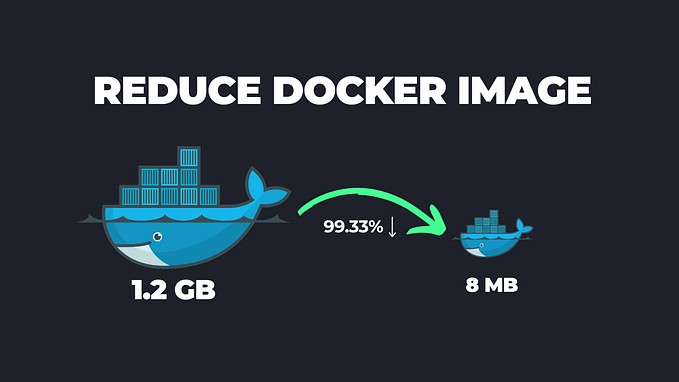Data Mesh — A new Level of Data Collaboration using Self-Serve Analytics
In this article, we will learn how Amazon DataZone promotes the idea of “self-serve data analytics”. by simplifying the data collaboration process. Learn how to publish, discover, subscribe, govern, & share data products using Amazon DataZone
Over the last few years, organizations have been busy creating data assets that are critical for decision-making processes. However before the decision-making process kicks in, these data assets must be securely shared within the right governance in place. In addition to that, several organizations are planning revenue diversification through data monetization. But this dream cannot be effectively realized without having tight data-sharing protocols in place.
Traditionally for sharing data purposes, organizations have relied on mechanisms such as tables, data lakes, databases, warehouses, emails, SFTP, APIs, cloud storage, and network shares.

Problems associated with Traditional Data Asset Distribution
Unfortunately, there are several problems related to these data-sharing methods:







